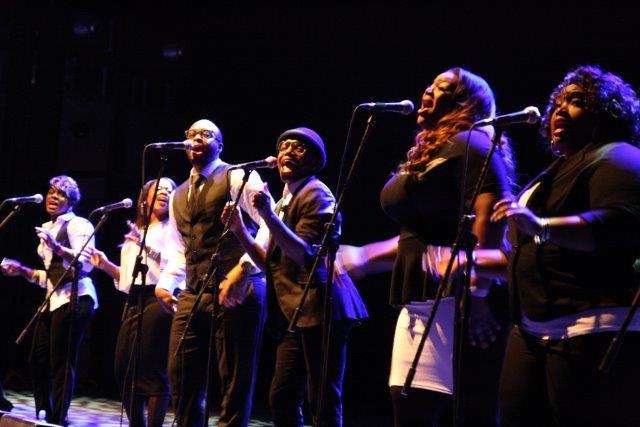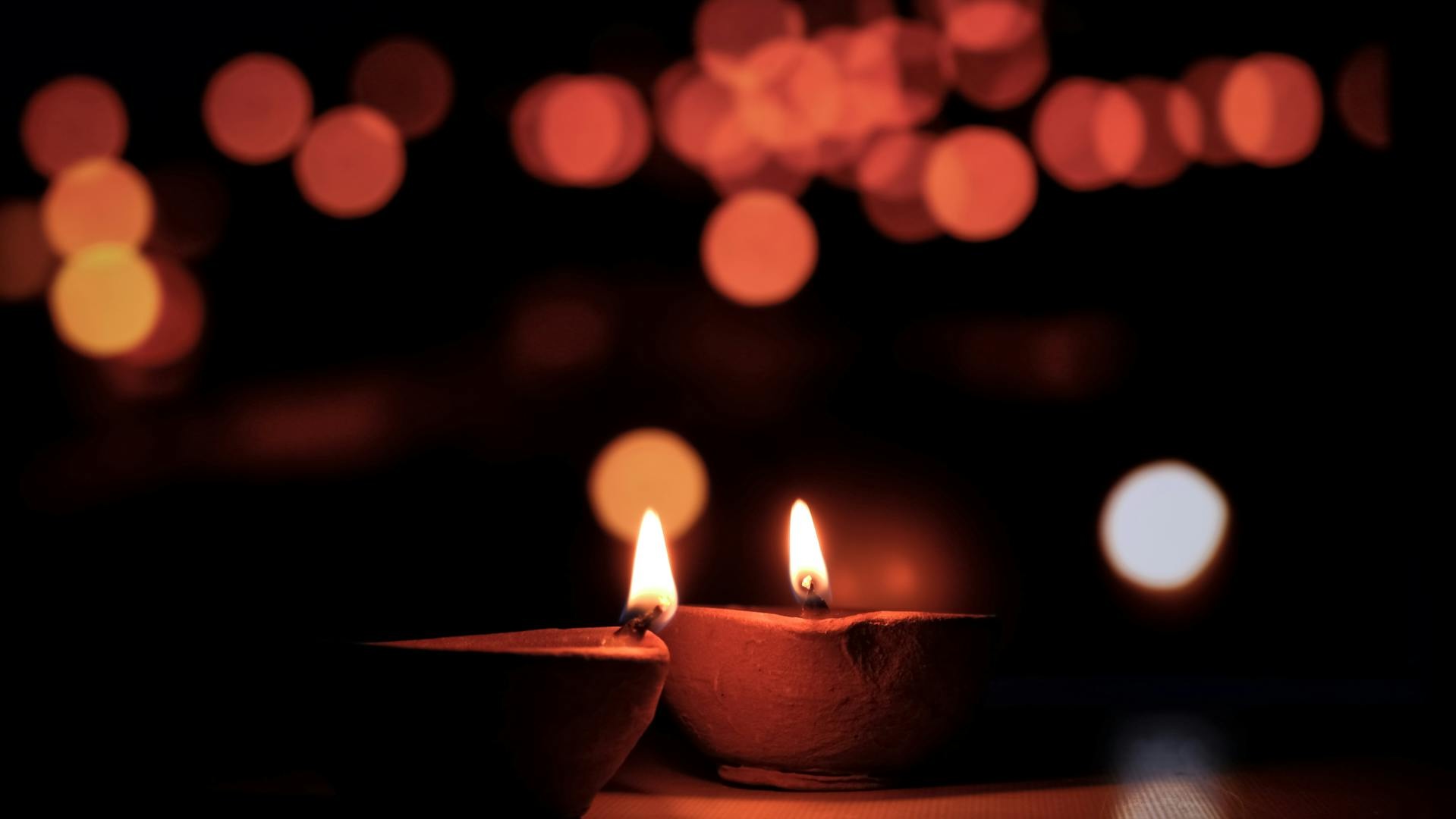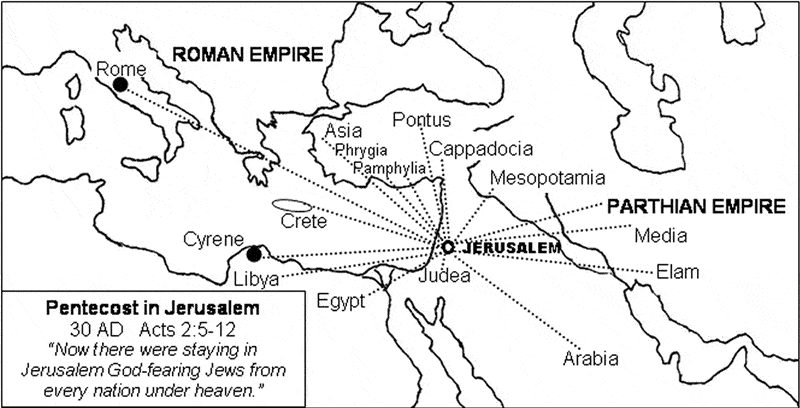This is the fourth in a series of essays about The State of Christian Music —what’s happening, how things are going, and what we can do about it.
The Racial Divides in Christian Music
If you’re of a certain age, you might remember walking into a record store — like Tower Records, for example — and seeing displays of music sold as what we now call physical media. It was usually a combination of vinyl records, cassette tapes, and compact discs (CDs). Music displays were often separated by genre. You had a section for rock, maybe another for pop, a different section for metal, one for rap, etc.
If the store was large enough to house several sets of large display cases, there was usually one genre that went by two names: “Christian and Gospel.” Having grown up as a pastor’s kid, I was most familiar with this section. During the late 1980s and into the early 1990s, you might’ve seen records, tapes, or CDs from acts like Michael W. Smith, BeBe & CeCe Winans, Sandi Patti, DC Talk, or John P. Kee. Because they were sometimes grouped together for sales purposes, one might think that these were two terms for the same kind of music. But they weren’t. In this essay, I want to clear up misconceptions around “Christian” and “gospel” music.
Those terms are not synonymous. On the contrary, they represent two mostly separate streams of the music industry that correspond to our racially segregated history in the United States. While it’s vitally important to recognize that the U.S. has always been a multicultural blend of people, cultures, and traditions that come from nations all around the world—and that, as a result, what we call Christian music has been influenced by a multiplicity of these cultural and ethnic streams—the biggest divide in Christian music has historically been, and continues to be, between Black and white people.
Why Talk About Race?
Before I go much further, however, I must address what I believe will be the biggest criticism of this essay — that it even exists at all. Many of my brothers and sisters in the faith object to any discussions about race, contending that they perpetuate racial and/or political divides in this country. “Why can’t we just come together?” they ask. Many rightly point out that the idea of race as a biological distinctive is scientifically unfounded, and that to the extent that race exists, it is socially constructed.
In many ways, I share this lament. I wish this discussion were not necessary. For anyone who’s grown up Black in white spaces, such conversations often bring up painful memories and difficult realizations. But if race is indeed a social construct, it has obviously been constructed. In the United States especially, its construction has led to centuries of policies, thoughts, and beliefs that shape our understanding of the world around us and the people who populate it. It’s been my experience that people who do not live with an understanding of how these racialized systems affect us have glaring blind spots in their judgment.
For example, when I survey internet sites like Reddit, Facebook, Threads, or X, I see many of my generational peers making sweeping judgments about Christian music as a whole. But most of their criticisms apply primarily to Christian music written by and for white people. Although they are not explicitly saying so, their critiques evoke a Christianity so thoroughly enveloped by whiteness that they don’t even consider Christians who make music in different traditions. (Seriously, try this yourself: Google the phrase “the problem with Christian music” and see how many times the complaints are primarily or exclusively true of music by or for white people.)

The Gospel Conundrum
One thing that makes this conversation difficult is the ambiguity of our language. One of the most racially ambiguous terms in evangelicalism is the word “gospel.”
In a purely theological or missiological context, the word “gospel” represents the good news of Jesus. Its etymological origin comes from the Greek euangelion, where eu means “good” (as in euphemism, eulogy, or euphoria) and angelion is equivalent to “message or announcement” (which is why the biblical term “angel” simply means “messenger”). In Anglo-Saxon, it was known as a “godspel,” and eventually it became shortened to “gospel.” That’s why, for example, organizations like The Gospel Coalition exist—a group of pastors and churches in the evangelical reformed tradition founded by D. A. Carson and Tim Keller who joined together to promote their understanding of the gospel of Jesus.
But in the context of music, the word “gospel” became coded over time to mean “Black.”
That’s been happening for more than a century. Thomas A. Dorsey helped to create the genre we now know as gospel by blending the traditions of the blues and spirituals, coining the term “gospel songs” in 1921. His song “Precious Lord, Take My Hand” has become a gospel standard and is still sung in many African American churches today, which is why he is unofficially known as “the father of gospel music.” It’s hard to imagine this now, but Dorsey’s songs were initially controversial because they incorporated secular melodies and idioms from the blues scene. But Dorsey wasn’t trying to be controversial; his songs were authentic responses to God from his musical context, which at the time was steeped in the blues tradition.
Of course, “gospel music” was initially only one of many terms used at the time to describe this music. Robert F. Darden, professor emeritus of journalism, public relations, and new media at Baylor University and co-founder of Baylor’s Black Gospel Music Preservation Program, explained that gospel became “a handy catch-all phrase,” especially to differentiate these tunes from hymns, which were sung exclusively in churches. On the contrary, many of these songs were also known as “spiritual anthems,” “jubilees,” or “camp-meeting songs.” (In early 20th-century Chicago, many people simply called them “Dorseys.”) Over time, the term “gospel” became the de facto standard.
It’s important to understand that as this music spread in popularity, it was not initially considered the exclusive domain of Black people. The Gospel Music Workshop of America (GMWA) was founded in 1967 by the Rev. James Cleveland, an African American pastor and composer. But the Gospel Music Association (GMA) was founded by white people in 1964. So as late as the mid-1960s, there was still a latent sense that gospel music described music in both Black and white sacred spaces.
But over the ensuing decades, the term ended up becoming shorthand for Black sacred music and, by extension, an element of Black church culture. When Madonna had Black backup singers clad in choir robes for her 1989 song “Like a Prayer,” people called it a gospel choir, even though it had nothing to do with the gospel of Jesus Christ. The same thing happened in 2010, when Jon Stewart assembled a group of Black singers clad in church robes to perform a profane message on Comedy Central’s The Daily Show. It was in no way a gospel message, but people still called it a gospel choir.
This linguistic duality set up a conundrum. There’s no way James Cleveland, Tim Keller, and Jon Stewart were all using the term “gospel” in the same way. On the contrary, the term has evolved into something that’s heavily context-dependent. Some people use it to mean one thing; others, something else.
What does that have to do with Christian music? Everything.
From Gospel to CCM
Longtime observers of the industry know the term CCM, which stands for contemporary Christian music. As far as I can tell, the term originated in the late 1970s with record-label executives trying to differentiate their recordings as relevant to non-churchgoing audiences. The term was further cemented by the print magazine CCM, which started in 1978. By the mid-1980s, CCM was synonymous with the Christian music scene in general, dominated by acts like Amy Grant, Twila Paris, and Michael W. Smith. The highest-profile event in CCM is the Dove Awards, held every year in Nashville, Tennessee, the epicenter of the Christian music industry.
The sponsoring organization of the Dove Awards is the Gospel Music Association. The reason the scene is based in Nashville is that the GMA started as a trade group (the National Quartet Convention) promoting what was called “Southern gospel,” an industry term that differentiated it from “Black gospel.” The white founders of the GMA in the early 1960s wanted an organization that would highlight music by their white peers as a way of generating interest in the genre they then called gospel music.
How did the GMA shift from being about gospel music to being about CCM? The charitable answer is that they wanted to capitalize on the momentum from the Jesus movement of the 1970s and needed a newer term to highlight the newer music. Also, many didn’t want to be associated with music that sounded too Black, even if it had stylistic roots in Black music. Since Black artists excelled at gospel music, some people probably wanted to replace the term. At the risk of oversimplifying a complex process, it makes sense to say that the power players who adopted CCM were businesspeople seeking to maximize profit margins.
At the same time, plenty of Black musicians, artists, composers, and entrepreneurs wanted to promote the sacred music of their own communities. Like many predominantly Black institutions in the U.S.—such as historically Black colleges and universities—these Black music trade groups formed because existing groups had excluded or devalued their music. They did not formally exclude white people, but their existence owed much to white indifference or bias. When Rev. James Cleveland founded the GMWA, its motto was “Where Everybody Is Somebody,” and Cleveland specifically mentioned that he started it because no music schools offered formal training in gospel music.
Thus, the award show that highlights the best Black names in gospel music is called the Stellar Awards, which began in Chicago in 1984. It’s no accident that the Stellar Awards moved their telecast to BET in 2019, a network originally known as Black Entertainment Television. For as long as I can remember, the best and most influential names in gospel music—Fred Hammond, Kirk Franklin, Yolanda Adams, and the Clark Sisters—have been honored at the Stellars.
Meanwhile, the Dove Awards have a consistently problematic history with Black artists. The first time the GMA gave a Dove Award for Rap/Hip-Hop Recorded Song to a Black Christian rap artist was in 1999, despite hip-hop’s mainstream breakthrough two decades earlier. Kirk Franklin vowed to boycott the Dove Awards in 2019 after the telecast edited out his remarks about the shooting of Atatiana Jefferson, a Black woman unjustly killed in her home. And the first time the GMA gave its top honor, Artist of the Year, to a Black woman was to CeCe Winans in 2022 (she won again in 2024). This is no slight against CeCe—she was more than deserving—but consider the many Black women who have excelled in gospel music: Aretha Franklin, Whitney Houston, Yolanda Adams, Erica and Tina Campbell (Mary Mary). None received artist of the year.

Multiple Trees, One Community
I do not at all mean to imply that everyone associated with the GMA and CCM is racist. The current GMA president, Jackie Patillo, is Black. The GMA has taken steps to address its history. In 2024, it broke ground on a building set to open in Nashville in fall 2025, which will be the Museum of Christian and Gospel Music. Using both genre terms in its name signals an intent to honor Black and white artists alike, and I anticipate many cultural backgrounds will be represented. But symbolic gestures, while important, cannot instantly overcome decades of bias. The industry as a whole still has work to do.
This reality is sad because music should bring people together. It’s richer when it draws on multiple styles and traditions.
Thus, the current state of Christian music in the U.S. is like two massive trees that have grown side by side for decades. At their bases, they are distinct. But as they’ve risen, their branches have intermingled. Some critters (artists, listeners) feel at home in one tree or the other, yet higher up, it looks and feels like a single tree—beautifully unified.
But unity can be fleeting. When storms blow, branches don’t always move together. Sometimes they collide; other times they split. Critters may fall and never return, while others retreat to lower, separate branches. But those who long for beauty, unity, and innovation keep looking upward.
In John 17:20-23, Jesus prayed that his followers would be one so the world would believe. My prayer is that musicians living in this gnarled, beautiful, chaotic tree of Christian music will continue nurturing and strengthening the branches that connect us all.
For verily I say unto you, the gospel of Jesus demands nothing less.














